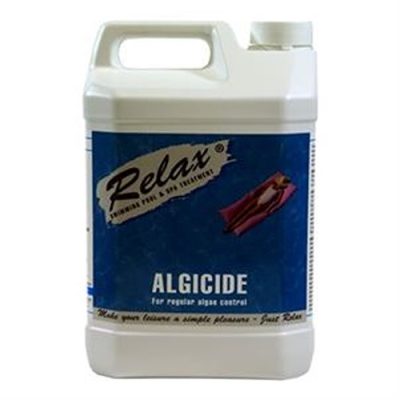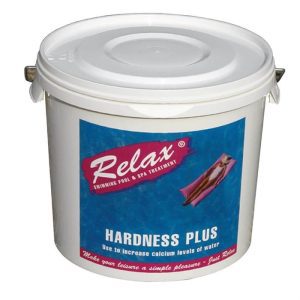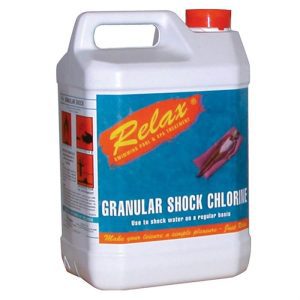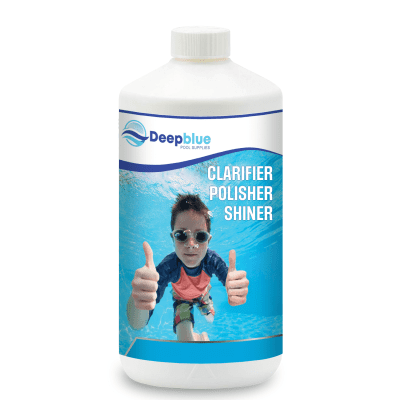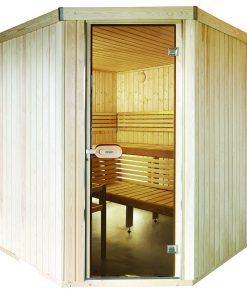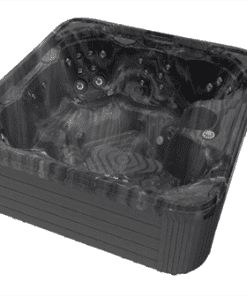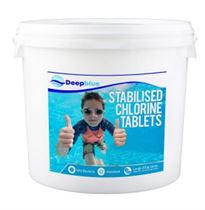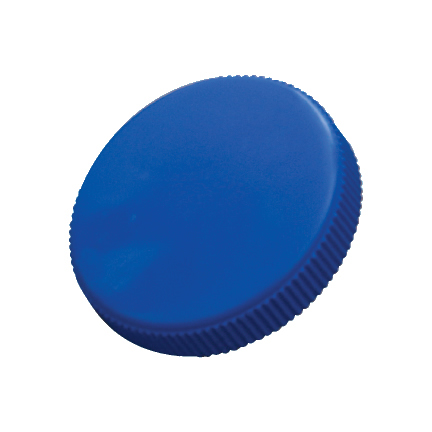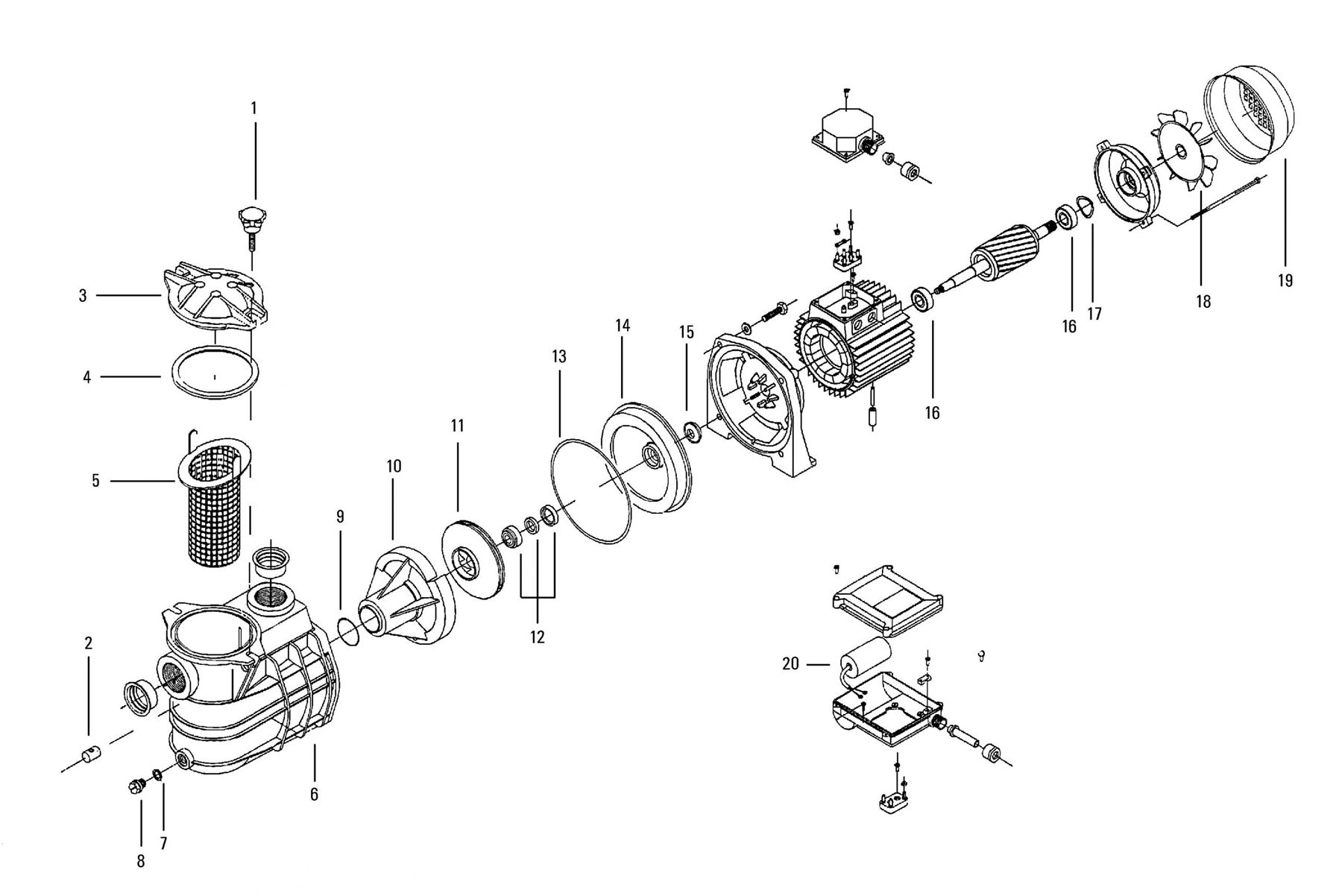Blogpool, Hottub, Maintenance, Trouble Shooting, Water Testing
Hot tub maintenance – Everything you need to know: FAQs
Hot Tub Maintenance: FAQs
1. How frequently do you need to clean the filters of your hot tub?
Hot tub filters need to be cleaned on a regular basis to achieve clean and clear water results. BISHTA advises users to follow the following schedule for filter cleaning:
Weekly:
Turn off the hot tub power.
Take out the filter(s) then rinse them under running water from a hose using thumb or filter brush attachments to boost the pressure. Never use a power washer.
Put the filters back in place after cleaning and restart the hot tub power source.
Monthly (Deep Clean):
Perform all steps from the regular weekly filter cleaning procedure.
Submerge the hot tub filters in a specialized hot tub filter cleaning solution while following instructions from the manufacturer.
Rinse thoroughly, ensuring all debris and cleaning solution are removed.
Replace the filters only after they have dried completely before putting them back into the hot tub.
2. Hot tub water appears cloudy right now and what steps should I take to resolve this issue?
Water cloudiness emerges from the presence of tiny suspended particles which filters cannot capture. These particles can come from:
Environmental debris: Dirt, grass, leaves brought in by bathers.
Organic matter: Dead skin cells, body oils, sweat.
Man-made contamination: Makeup, lotions, detergents.
Low sanitiser levels: Insufficient sanitiser to combat contaminants.
To fix cloudy water:
Test water chemistry: Ensure pH, alkalinity, and sanitiser levels are balanced.
Shock dose the water: Use a non-chlorine shock, chlorine granules, or bromine granules to oxidise impurities.
Check and clean filters: Clean filters weekly and replace them annually (or every two years if rotating two sets).
Use a clarifier: To bind small particles together for easier filtration.
3. What is the main cause of foam formation in my hot tub and what steps I should take to stop it?
The combination of products and Total Dissolved Solids (TDS) in water together with operating jets creates foam in hot tub water. To reduce foam:
Shower before use: Remove contaminants from your body.
Rinse bathing suits in plain water: Avoid detergents and fabric softeners.
Use high-quality chemicals: As recommended by the manufacturer.
Shock dose weekly: To break down TDS.
Open the cover regularly: To allow the water to “breathe”.
Maintain your hot tub: Follow the manufacturer’s instructions for water changes, filter changes, etc.
To clear existing foam:
Check water chemistry: Ensure alkalinity, pH, and sanitiser levels are balanced.
Use a defoamer: Apply to the water surface and run the jets.
Check and clean filters: Replace if necessary.
Consider a full water change: If the problem persists.
4. The process of “shocking” a hot tub requires adding an oxidizer to the water and why it remains essential for both water cleanliness and safety of bathers.
Shocking a hot tub involves the process of adding oxidizers to the water system. Water quality and bather safety require the essential process of shocking the hot tub. Shocking:
Removes unfilterable biological waste: Like body oils and lotions.
Eradicates resistant bacteria: Ensuring effective sanitisation.
Reactivates the sanitiser: Breaking down chloramines and bromamines, which can render the sanitiser less effective.
The water will turn cloudy and develop unpleasant odors along with possible safety risks when shocking is neglected.
5. How many times should I perform the hot tub shocking procedure?
The hot tub needs to be shocked at least weekly while also requiring a shock after each heavy use period. This approach keeps sanitiser active and produces clear and clean water.
6. After performing the shock treatment my hot tub water developed cloudiness. Is that normal?
Shocking usually produces normal cloudiness in water that will dissipate within several hours. However, it can also indicate:
Use of pool shock: Pool shock is not formulated for hot tubs and can cause cloudiness.
High pH and alkalinity: Shocking can cause carbonates and bicarbonates to precipitate out of solution.
Hard water: High calcium levels can lead to cloudiness after shocking.
Heavy bather load: Body oils and other contaminants can react with the shock, causing cloudiness.
7. How many hours should I let my hot tub rest after the shocking process?
The non-chlorine shock treatment enables you to use your hot tub after about 10-15 minutes of application time. Chlorine shock treatment requires 24 hours for the chlorine levels to become safe for bathing. Always test your water before entering.
8. What is the ideal pH level for my hot tub water?
Hot tub water should maintain pH between 7.2 and 7.4 for optimal sanitiser effectiveness and bather comfort and equipment longevity. Test your hot tub water pH regularly for proper maintenance through adjustments with pH increaser or decreaser.
Some products you might be interested in:


